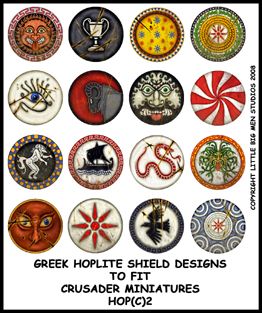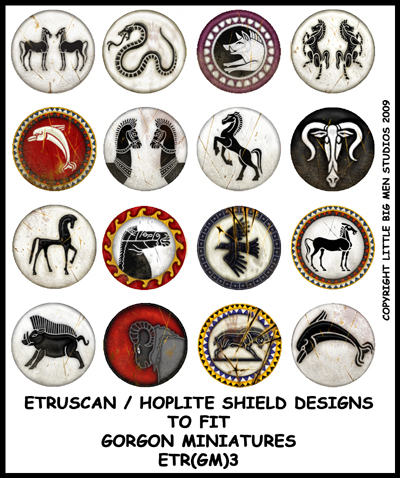
On the other hand, the Attic helmet was somewhat popular in Italy (at least as motifs), and more so during the Roman era. Roman ‘pseudo-Attic’ helmet, dating from circa 2nd century AD. Illyrian Helmet (origins – circa 7th century BC) On the other hand, some of the stylized variations were continued with further modifications, like the Italo-Corinthian helmet (pictured above) often displayed by the elites of the Roman Republic (that was worn more like a cap rather than a helmet). We also know that many hoplites preferred to keep the Corinthian helmets tipped back on their heads during non-combat situations, thereby suggesting the cramped nature of the designs.Ĭonsequently, the restrictive helmets began to fall out of favor for the practical armies of late Classical Greece (circa 4th century BC). One of the reasons might have related to how the closed-nature of the design impeded the peripheral vision of the wearer, along with possible obstruction to their hearing capacity. However, when it came to practicality, especially during intense battle scenarios, the Corinthian helmets may have proved to be somewhat obtrusive to many of its wearers.
#GREEK HOPLITE SHIELD DESIGN MEANINGS FULL#
Italo-Corinthian Helmet, worn as a cap rather than a full helm. Corinthian Helmet (origins – circa 8th century BC)

In any case, the Kegelhelm was soon discontinued in favor of the renowned Corinthian Helmet, because of its inherent weakness in design relating to the joins by which the aforementioned pieces were attached to the main conical cap. However, beyond Mesopotamian influence, scholars have also conjectured that the Kegelhelm was possibly a Greek adoption of similar helmet types used by the earlier Minoans.

Interestingly enough, archaeologists noted how the crest of one of these Iron Age specimens resembled the helmets used in contemporary Assyria (corresponding to the Neo Assyrian Empire). The form factor of the Kegelhelm is directly known from three 8th century tombs in Argos that contained remnants of the helmets. Exhibiting its distinct shape ( kegel meaning ‘cone’ in German), the helmet was basically constructed from five pieces, including a conical cap (pictured above), cheek pieces, and even a forehead guard. Kegelhelm (origins – possibly circa 10th century BC)Īlthough not much is known about the usage pattern of the Kegehelm, historians and archaeologists have hypothesized that this conical contraption was probably one of the oldest Iron Age helmets used in mainland Greece. In any case, from the historical perspective, like many things Mycenaean, such helmet types were possibly inspired by the advanced Bronze Age Minoans.

He also goes on to explain how the ‘Greeks’ (or Mycenaeans) acquired these tusks due to their penchant for hunting. Interestingly enough, Homer makes a full description of such boar tusk helmet types and their prevalence in the Trojan War. Some of the specimens possibly even had cheek guards (that extended downwards), thus accounting for a formidable head defense. Special care was taken to alternate the curves of these shaped tusks in the concurrent rows, while the crown was embellished with a plume or a knob. Giving a literal meaning to their name, these helmets were actually reinforced with the sturdy tusks of boars – which were primarily shaped in smaller pieces, bored with holes, and then expertly stitched on a conical leather framework.

This is where an Aegean invention came to the fore, in the form of the special boar tusk helmet. But while the shield could cover most parts of the body, the head was still exposed to blows in a melee situation. The early Mycenaean (Bronze Age Greek) spearmen probably employed massed ‘shoulder to shoulder’ formations, further complemented by their sturdy shields and weapons, as opposed to hefty armor systems (that were mostly eschewed in favor of light clothing).


 0 kommentar(er)
0 kommentar(er)
